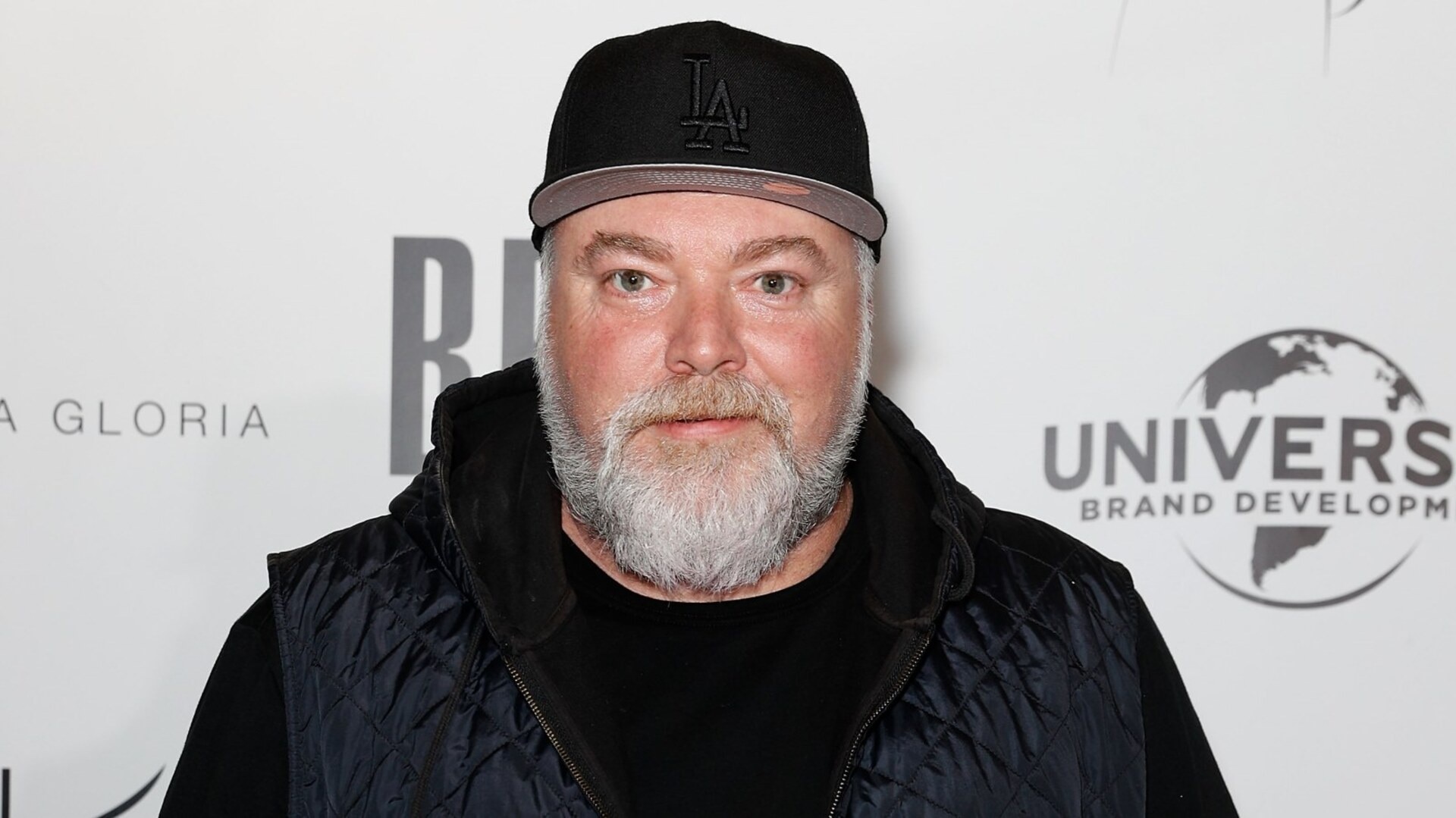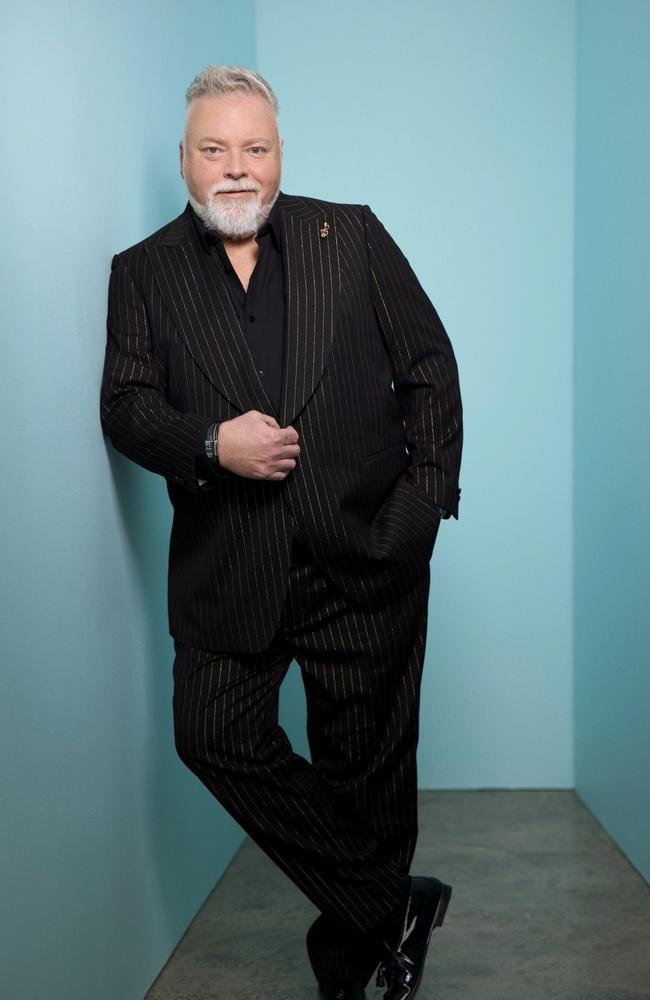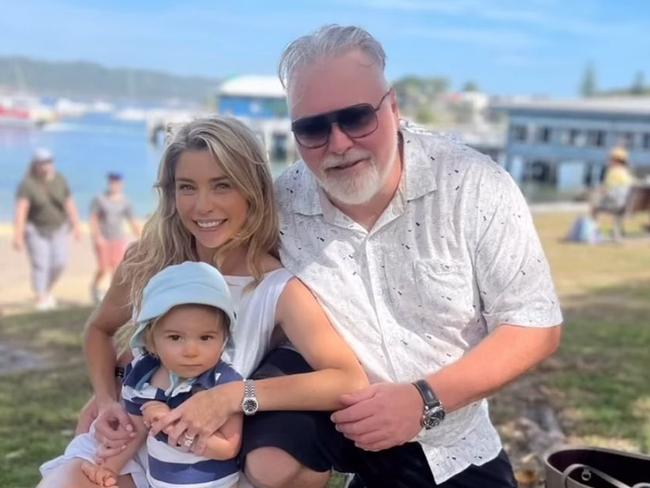Everything we know about KIIS FM’s Kyle Sandilands’ shock health scare and upcoming brain surgery
Kyle Sandilands recently shocked listeners after revealing he is suffering from brain and aortic aneurysms and will need to undergo urgent surgery. So, what does it mean for the radio host?

Health
Don't miss out on the headlines from Health. Followed categories will be added to My News.
Radio host Kyle Sandilands recently shocked listeners after revealing that he would go under the knife after being told by doctors he is suffering from a brain and aortic aneurysm.
The 53-year-old shared his personal health update live on air earlier this month with his KIIS breakfast co-host Jackie ‘O’ Henderson.
He said the surgery, which he is expected to undergo in coming weeks, was “urgent”.
Sandilands revealed on air that he would need to have his skull opened to have surgery on the aneurysm in his brain.
The radio host added that doctors had also found an aneurysm in his aorta, which is the main artery that carries blood away from your heart to the rest of your body.
“I was told by my medical team, which sounds like I’m already very sick, to have a medical team, that I have a brain aneurysm and it requires immediate attention, brain surgery,” he said on his KIIS FM show earlier this month.
Sandilands said doctors had planned to thread a needle through an artery to pack the aneurysm with coils, but had discovered it was on a Y-shaped junction of a blood vessel, making the procedure impossible.
“The blood pressure has been so strong through me, it’s buckled the shape of the veins,” he said.
Sandilands said he also had a significant calcium build-up in his chest that could cause a heart attack.
What are the different types of aneurysms?
Speaking generally on the issue, leading experts say aneurysms can form in any of the arteries including the heart, abdomen, brain or legs.
The location determines the type of aneurysm.
The experts say intracranial aneurysms (aneurysms within the skull in or around the brain) are believed to be present in 2 to 5 per cent of the population and are usually swelling (stretching) or balloon-like outpouching of the small arteries that supply parts of the brain.

University of Melbourne Associate Professor Jason Chuen, who is the director of vascular surgery at Austin Health, said aortic aneurysms are also relatively common.
“Aortic aneurysms are dilatations and swellings of the main artery of the chest and abdomen,” Assoc Prof Chuen said.
“About 10 per cent of patients with an aortic aneurysm can have a brain aneurysm as well.
“If somebody has aneurysms in multiple parts of the body there is an increased suspicion that they have a genetic factor that is contributing to this.”
What are the symptoms?
Assoc Prof Chuen said aneurysms can rarely push onto nearby nerves or brain structures that cause symptoms.
“Most patients with a small brain aneurysm have no symptoms and are very safely observed and monitored, sometimes for the rest of their lives without needing surgery,” he said.
Austin Health director of neurosurgery Associate Professor Augusto ‘Gus’ Gonzalvo agreed, adding that in most cases aneurysms were an “incidental finding” after a GP requests a scan if you’re having a headache.

“Most hospitals have a multidisciplinary team with expertise in this area and they assess every case individually and they provide advice on what is the best course of action,” Assoc Prof Gonzalvo said.
What are the main risk factors?
Assoc Prof Chuen said the main risk factors were age, smoking, high blood pressure and high cholesterol.
“There can be hereditary or familial associations – patients with a primary relative (parent, sibling, child) who have a known aneurysm are recommended to be screened including having a CT or MRI scan of the head to check for a similar aneurysm,” he said.
Assoc Prof Gonzalvo said when brain aneurysms ruptured they cause a haemorrhage in the brain, which could be fatal.
“50 per cent of people that have a haemorrhage either die or become severely disabled,” Assoc Prof Gonzalvo said.
“If the brain aneurysm hasn’t ruptured, then it’s not an emergency situation, but if it has ruptured and you present with a headache, then it should be treated within the first 24 to 48 hours,” he added.

What is the best treatment?
Assoc Prof Chuen said the best treatment for aneurysms was prevention.
“This means not smoking, and having treatment for blood pressure and cholesterol as required,” he said.
“Along with leading a generally healthy lifestyle and diet this is basically the same management as for any cardiovascular condition – we would call this cardiovascular risk factor reduction.”
More Coverage
Originally published as Everything we know about KIIS FM’s Kyle Sandilands’ shock health scare and upcoming brain surgery





